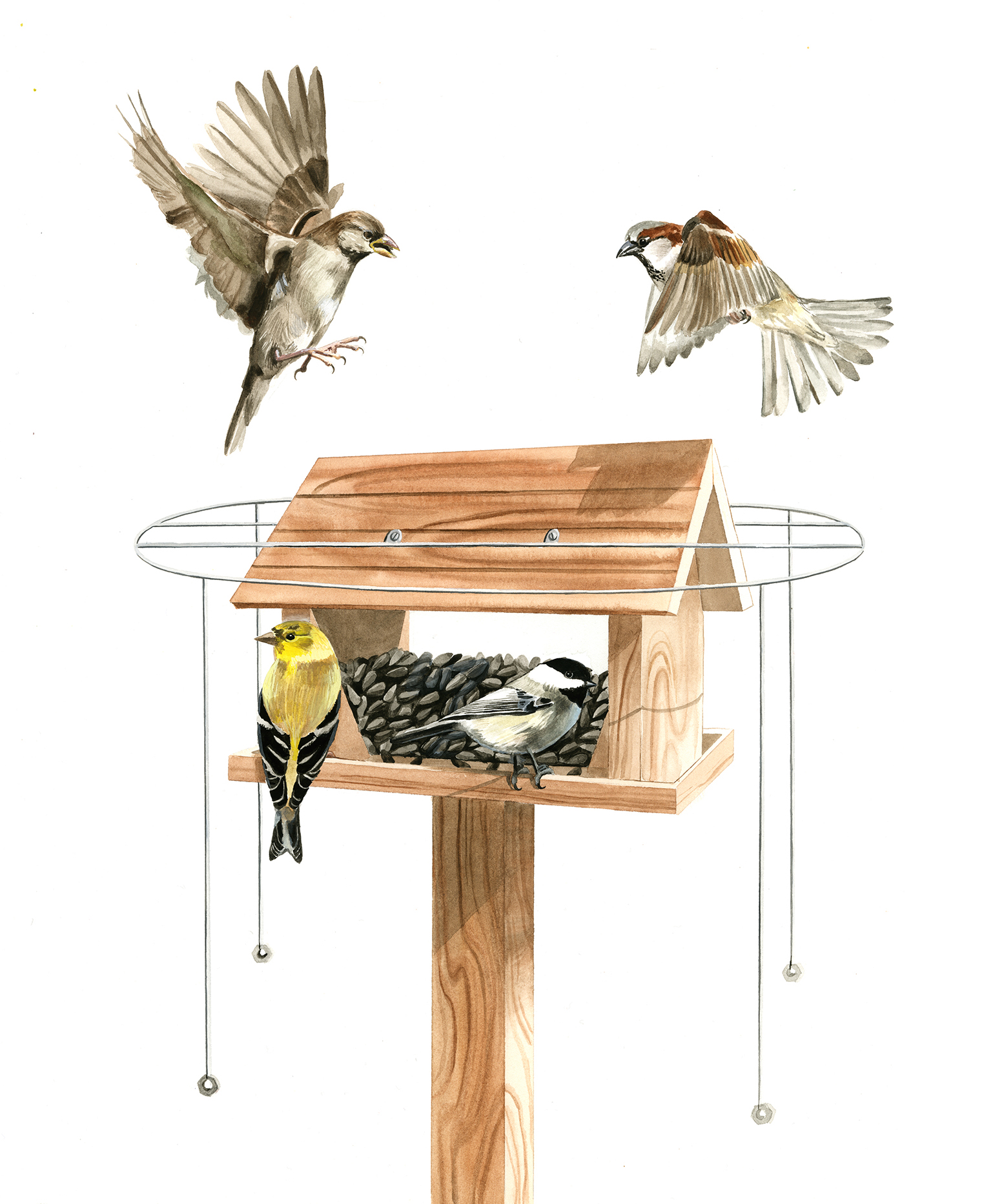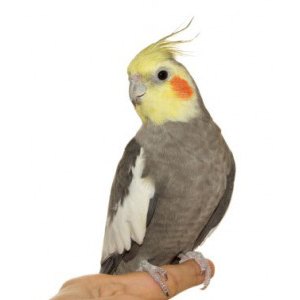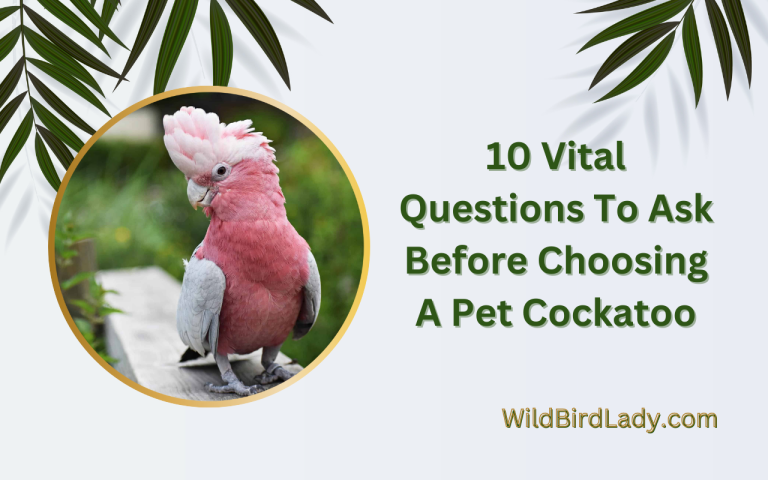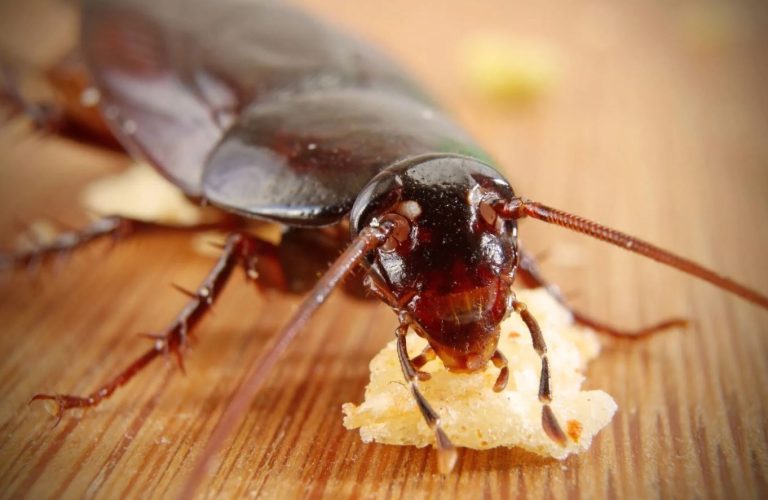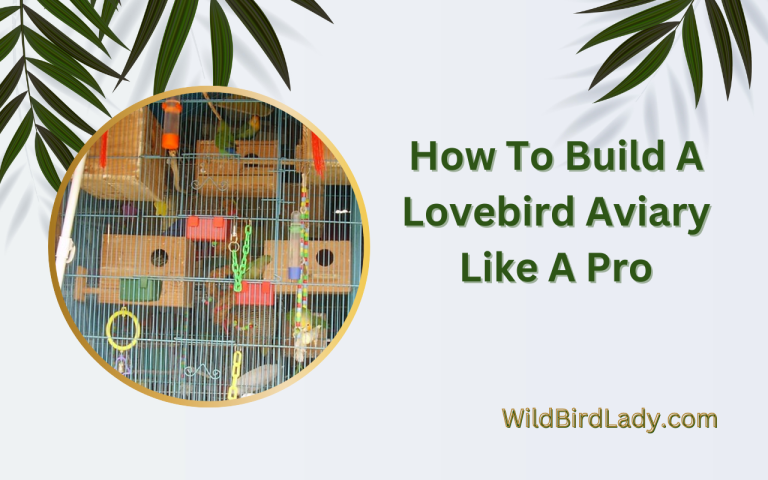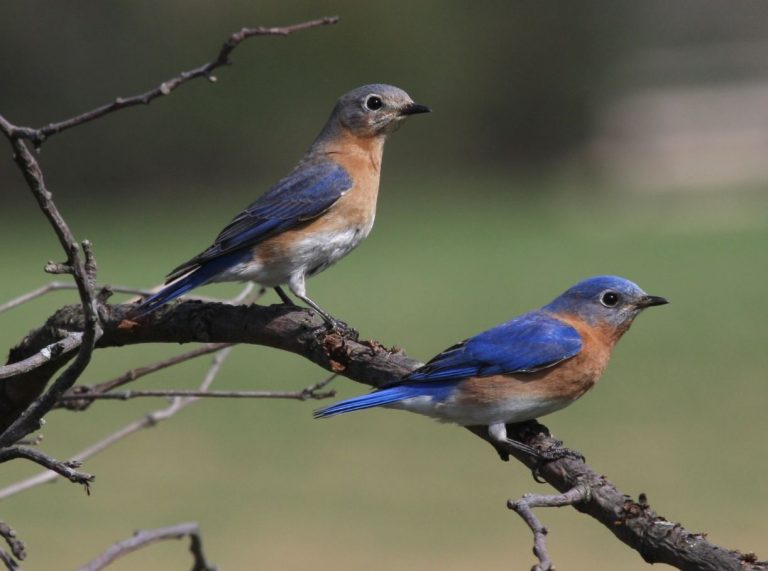How to Sparrow-Proof Your Bird Feeder: Field-Tested Tips from 13 Years of Birdwatching
Hi, I’m Rifat – a lifelong birdwatcher with over 13 years of experience observing birds across the U.S. and Canada. In that time, I’ve had the joy of seeing everything from tiny warblers to majestic hawks. But let me tell you, nothing can disrupt the peace of a backyard bird sanctuary quite like an influx of house sparrows.
Don’t get me wrong—sparrows have their charm. They’re scrappy survivors, social, and adaptable. But when it comes to bird feeders, they can be real bullies. They arrive in flocks, eat voraciously, and often scare off the more timid, less aggressive species like finches, chickadees, and nuthatches.
Over the years, I’ve learned a number of effective techniques to keep sparrows in check without discouraging other birds. If you’re looking to restore balance to your bird feeding station, here’s everything I’ve learned—tested in the field, refined over seasons, and shared with the hope it helps your feathered friends thrive.
Why Sparrow-Proofing Matters For A Bird Feeder
Sparrows are an invasive species in North America, introduced from Europe in the 1800s. The most common type you’ll see is the House Sparrow (Passer domesticus). Unlike native birds, house sparrows don’t migrate, and they breed prolifically—up to four broods per year.
Once a flock discovers your feeder, they’ll take over, often emptying seed trays in a single day. Native birds may stop visiting altogether if the area becomes too hostile or crowded.
Sparrow-proofing your feeder isn’t about eliminating sparrows entirely (which would be nearly impossible). It’s about creating an environment where all birds—especially native and declining species—have a fair chance to feed.
1. Choose the Right Bird Feeder Design
Use Weight-Activated Feeders
Weight-sensitive feeders can be incredibly effective. These feeders are designed to close off access to seed when a heavier bird (like a sparrow or a squirrel) lands on them.
Look for models with adjustable sensitivity, so you can fine-tune them for specific bird weights. Chickadees and titmice will still be able to feed, but larger sparrows and starlings will be shut out.
Opt for Caged Feeders
A metal cage feeder with small openings will allow smaller birds (like goldfinches, nuthatches, and wrens) to slip through while keeping larger birds like sparrows and grackles out.
Make sure the openings are no more than 1.5 inches wide. Bonus tip: Choose a feeder with a weather-resistant powder coating—sparrows don’t like slick or shiny surfaces.
Avoid Platform and Hopper Feeders
Open feeders like trays or hoppers are an open invitation to sparrows. They provide too much space and are easy for aggressive birds to dominate. If you want to use a platform, consider placing it away from your main feeder area and offering seed blends sparrows dislike (more on that below).
2. Be Selective with Your Birdseed
Skip the Cheap Mixed Seed
Economy birdseed blends are often filled with filler grains like millet, cracked corn, and red milo—all of which sparrows love. If your goal is sparrow control, ditch the generic mix.
Best Seeds to Deter Sparrows
Here are seeds that sparrows tend to avoid, but which will still attract a variety of desirable birds:
- Nyjer (Thistle) Seed: Beloved by finches, disliked by sparrows.
- Safflower Seed: A favorite of cardinals, chickadees, and nuthatches—but sparrows generally leave it alone.
- Black Oil Sunflower Seeds (In-shell): The hull is too much work for sparrows but manageable for stronger-beaked birds like woodpeckers and titmice.
- Peanuts (In the shell): Offer these in a separate feeder to draw in jays and woodpeckers. Sparrows typically don’t bother with them.
Avoid Feeding on the Ground
House sparrows are ground foragers. Any spilled seed is an open buffet. Install a seed catcher tray or clean under your feeders regularly to reduce the attraction.
3. Use Behavior-Based Deterrents
Add Motion
Sparrows are creatures of habit. They like predictability. Introducing motion is a great way to keep them uncomfortable.
You can do this by:
- Using a swinging feeder: Hang your feeder from a flexible pole or chain so it sways slightly in the wind.
- Installing a squirrel baffle that moves: These devices are meant to stop squirrels, but their movement also deters sparrows.
Reflective and Visual Disruption
House sparrows are skittish around reflective or moving objects. Try:
- Hanging old CDs, metallic tape, or spinners near your feeders.
- Using owl or hawk decoys—though be sure to move them regularly or the birds will catch on that they’re fake.
Sound-Based Deterrents
High-frequency bird repellers (designed for urban use) can work, but they may also bother desirable birds. Use with caution. Instead, consider natural sounds:
- Wind chimes
- Water fountains (birds love running water; sparrows don’t care for the noise)
4. Offer More Than Just Feeders
Creating a multi-level birdscape in your yard not only enhances its beauty but also gives shy birds a chance to feed away from
Add Multiple Feeders
Place feeders in different locations, using different seed types and feeder styles. Sparrows tend to flock together, so even spacing out your feeders by 10–15 feet can reduce the pressure on a single spot.
Install Nest Boxes—for Native Birds
Sparrows aggressively take over nest boxes meant for species like bluebirds and tree swallows. Use sparrow-resistant box designs (smaller openings, deeper cavities) and place them in locations sparrows don’t prefer (open fields for bluebirds, wooded edges for chickadees).
5. Maintain a Clean Feeding Area
This might seem basic, but it’s one of the most important steps.
Regular Cleanup
- Sweep or rake under feeders every few days.
- Use seed trays to catch droppings and husks.
- Clean feeders with a mild bleach solution every couple of weeks to prevent disease spread.
A clean area not only discourages sparrows—it promotes the overall health of your backyard birds.
6. Bonus: Seasonal Strategies
During Winter
In colder months, sparrows get more aggressive as food becomes scarce. Switch to safflower and nyjer during these times, and remove open feeders if you notice sparrows becoming dominant.
During Breeding Season
From spring through late summer, sparrows breed heavily and become even more territorial. Remove nest materials like dry grass or string from your yard, and monitor birdhouses carefully to prevent takeover.
Bird Feeder Sparrow-Proofing: Essential Tips And Tricks
Bird feeder sparrow-proofing can be an uphill task. Open trays and hopper feeders provide easy access for sparrows, making them dominant and driving other species away. The best alternative is tube feeders, which exclude sparrows while providing a variety of seed types and perches for other bird species.
Managing different feeding sources effectively limits the sparrow’s access to bird feeders. Encouraging territorial behavior is key to keeping sparrows away. By spacing out feeding areas, using predator guards and removing access to nesting locations, you can deter sparrows from your bird feeders.
With these tips and tricks to sparrow-proof your bird feeders, you can enjoy a diverse range of bird species in your backyard.
The Role Of Seed Blends In Sparrow-Proofing Bird Feeders
Seed blends play a crucial role in keeping sparrows away from bird feeders. Understanding the dietary needs and preferences of various bird species is important when selecting seed blends. To deter sparrows, it’s beneficial to attract preferred bird species using specific seed blends.
Choose seed blends that are primarily made up of preferred bird species, as sparrows tend to avoid those. By doing so, bird lovers can create a sparrow-proof bird feeding environment. Remember, sparrows are notorious for taking over bird feeders, but with a little planning and selection of the proper seed blends, it is possible to discourage them from invading and allow other bird species to thrive.
Behavioral Corybantic Tactics To Sparrow-Proofing Your Bird Feeders
Bird feeders are a wonderful way to attract feathered friends to your backyard, but sparrows can be a pesky problem when they take over, dominating the feeder and leaving other birds hungry. One solution is to use a technique known as “corybantic movement”, which involves placing bird feeders on poles that move erratically in the wind or with the help of a squirrel baffle.
Additionally, visual and auditory deterrents such as shiny objects, decoys, or sound-producing devices can also make it challenging for sparrows to settle in your feeder. To deter sparrows, try to switch up your tactics regularly and remain persistent. By incorporating these prevention methods, you’ll be helping more birds enjoy your feeder for longer periods without interference from pesky sparrows.
Frequently Asked Questions Of How To Keep Sparrows Away From Bird Feeder
How Do I Keep Sparrows Away From My Bird Feeder?
To keep sparrows away from your bird feeder, you can use feeder covers, modify the feeding area, use feeders they don’t prefer, and provide a bird bath and planting areas for predator birds.
What Kind Of Bird Feeders Do Sparrows Avoid?
Sparrows tend to avoid tube feeders with small perches, suet feeders, and hopper feeders with narrow perches. You can also try feeders with caged or weighted perches to deter them.
Does Seed Type Affect Sparrow Activity At The Bird Feeder?
Yes, certain types of seeds tend to attract sparrows more than others. Millet, for example, is a favored seed for sparrows but seeds such as safflower and nyjer are less attractive to them.
Will Installing A Bird Bath Help Keep Sparrows Away From Bird Feeders?
Yes, sparrows prefer dry environments and may avoid areas with a water source. Installing a bird bath, especially with a bubbler or drip, can help to deter sparrows from the feeding area.
Can I Use A Bird Deterrent Spray To Keep Sparrows Away From My Feeder?
Yes, you can use a bird deterrent spray containing a natural grape extract that irritates their nerves in their feet. Spray it on the areas around the feeder and on the feeder itself to keep sparrows away. Be sure to reapply it every few days.
Final Thoughts from the Field
I’ll be honest—sparrow-proofing isn’t a one-and-done solution. It takes time, observation, and a little patience. But I promise you, the reward is worth it.
One morning, not long ago, I sat with a cup of coffee watching a pair of rose-breasted grosbeaks take turns at the safflower feeder. Just above them, a red-bellied woodpecker hammered at a suet cake, and a pair of chickadees darted in and out of the nearby pine. No sparrows in sight. That moment made all the effort worthwhile.
With the right feeder setup, thoughtful seed selection, and a little creativity, you can turn your backyard into a haven for native birds—one where every species has its place at the table.
Happy birding,
Rifat

